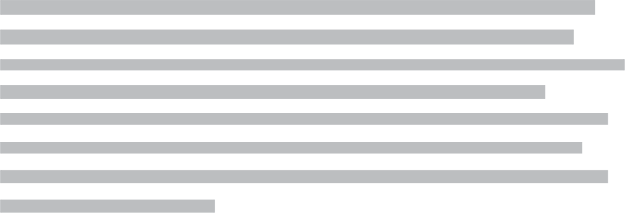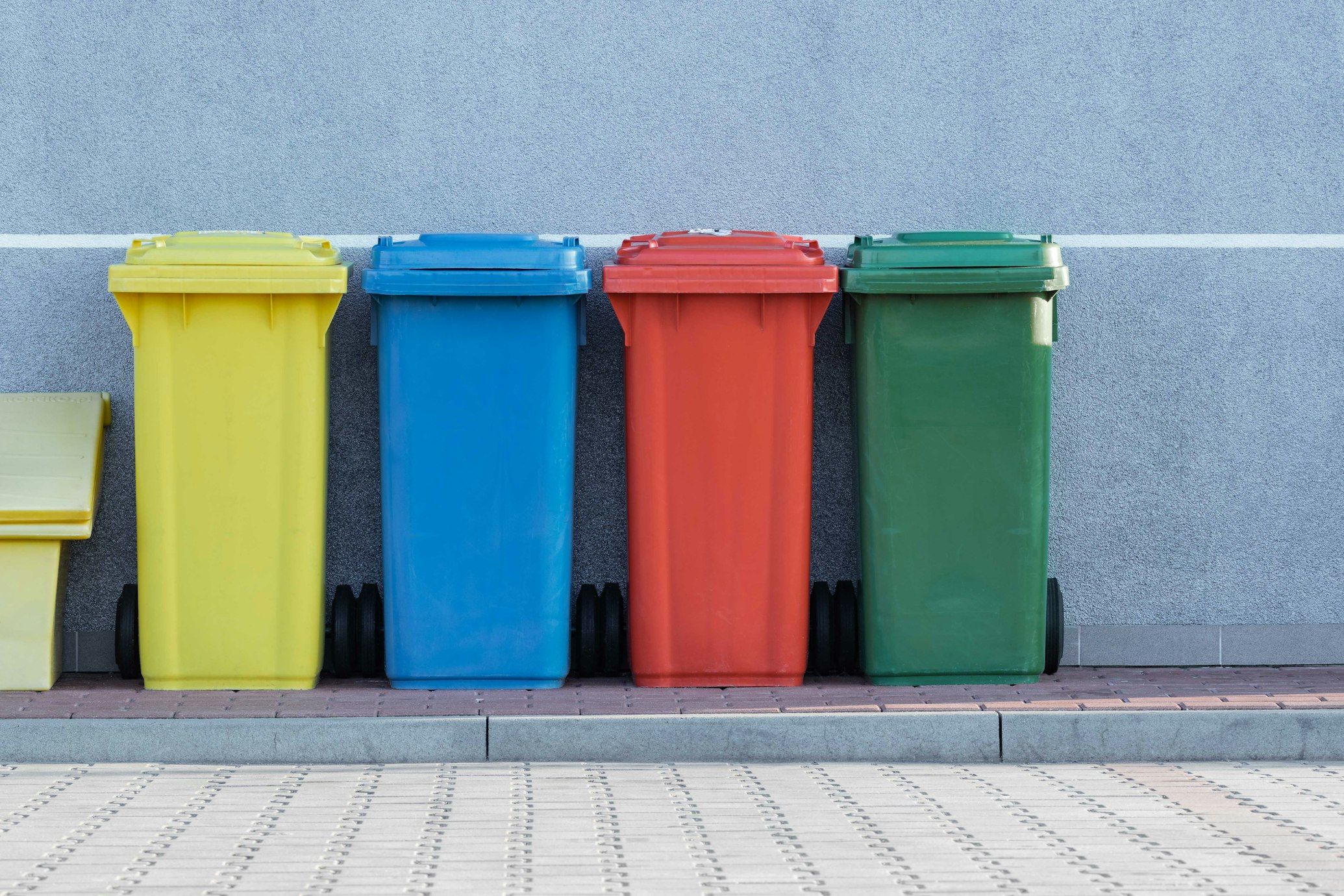All official European Union website addresses are in the europa.eu domain.
See all EU institutions and bodiesIn 2022, the average capture rate for textiles and shoes waste from households in the EU27 was just under 15 %, which means that most of the textiles and shoes waste are not separately collected and end up in the mixed household waste.

In 2022, the average capture rate in the EU27 Member States, which is an indicator for the effectiveness of the separate collection system, was just under 15 %. Although the capture rate has increased with 4.3 percentage points since 2016, this shows that there is significant room for improvement in the separate collection systems of textiles (ETC CE, 2024) as 85 % of all textile waste from households is not separately collected and ends up in the mixed household waste where it cannot be reused or recycled. With the implementation of the EU regulation on separate textile waste collection by 2025, the capture rates for textiles from households are expected to significantly increase (ETC CE, 2024).
The capture rate of 15 % is the calculated average of all EU27 Member States, which means that there are large differences between countries. Countries with the highest capture rate are Belgium (50 %) and the Netherlands (38 %), followed by Luxembourg (36 %), Austria (30 %) and Czechia (30 %). Most of these countries have a diversity of collection systems across all levels of urbanisation (ETC CE, 2024).
The capture rate for textiles and shoes is calculated by dividing the amount of separately collected textile waste from households by the sum of the amount of separately collected textile waste from households and the amount of textile waste in the mixed municipal waste from households. The latter is calculated based on waste composition analyses (WCA) performed by the EU Member States. As there is no harmonised method for the WCA throughout Europe and the reference year of the WCA differs per country, caution should be taken when interpreting these numbers.




